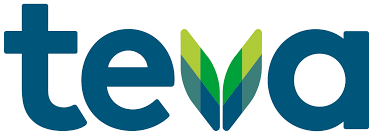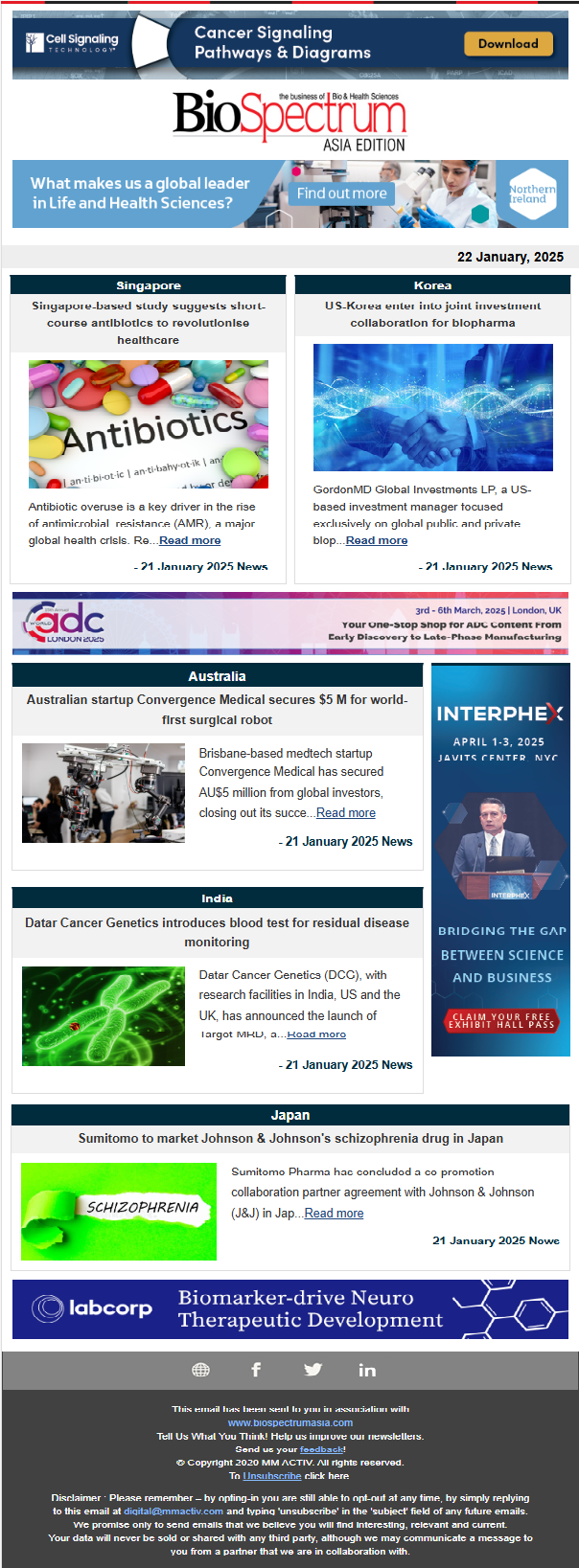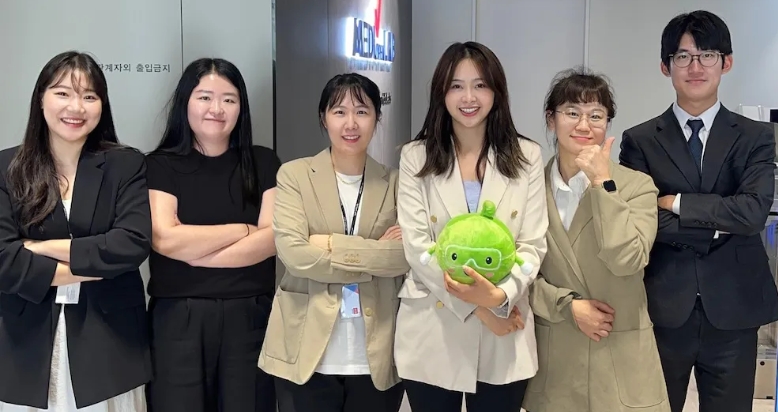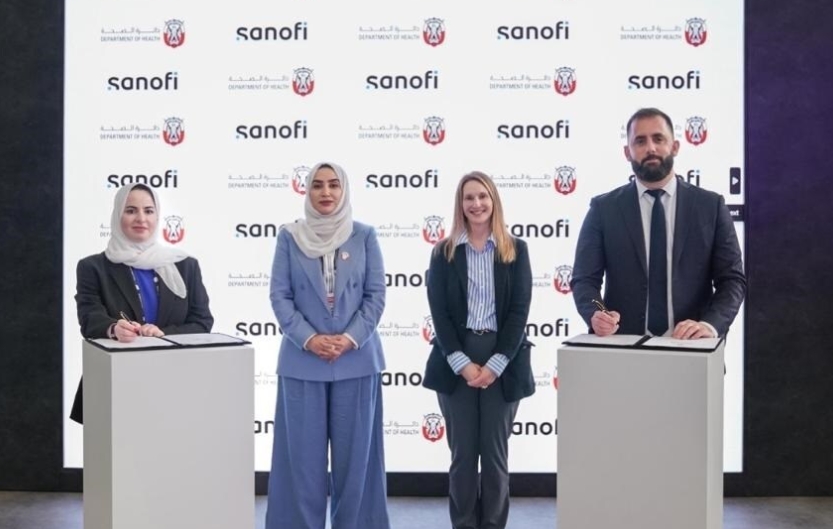
Teva Pharmaceuticals' Q4 2024 results reflect both the challenges and successes of the company as it continues its "Pivot to Growth" strategy. With an emphasis on specialty medicines, generics, and biosimilars, Teva has demonstrated resilience despite financial pressures and a dynamic market landscape. The quarterly results highlight revenue performance, product portfolio growth, R&D advancements, and strategic objectives for 2025 and beyond.
Financial Performance
In Q4 2024, Teva reported total revenues of $4.2 billion, marking a 5% decline from $4.5 billion in Q4 2023. Despite the quarterly dip, full-year 2024 revenues increased by 4.4% to $16.5 billion. The company's GAAP operating loss for the quarter was -$29 million, a stark contrast to the $755 million operating income in Q4 2023. However, on a non-GAAP basis, operating income was $1.17 billion, reflecting a 24% decline from Q4 2023’s $1.55 billion.
Net loss attributable to Teva was $217 million, compared to a net profit of $461 million in Q4 2023. Non-GAAP net income stood at $816 million, a 28% year-over-year decline. Free cash flow declined to $790 million, compared to $1.49 billion in Q4 2023, as Teva continued investing in its growth pipeline. Debt reduction efforts were successful, with net debt declining to $14.5 billion from $15.7 billion in Q3 2024.
Key Revenue Drivers
Teva Pharmaceutical has outlined several key revenue drivers that are expected to contribute to its financial growth in the upcoming year, focusing on its Specialty and Innovative Medicines portfolio as well as its Generics and Active Pharmaceutical Ingredients (API) business.
In the Specialty and Innovative Medicines segment, Teva's AUSTEDO® continues to be a major revenue generator, with U.S. revenues for the product reaching $1.64 billion, reflecting a robust 34% year-over-year growth. For 2025, global revenues for AUSTEDO® are projected to be between $1.9 billion and $2.05 billion, as the drug maintains strong demand for its treatment of tardive dyskinesia and chorea associated with Huntington's disease. Another key product, UZEDY®, has demonstrated extraordinary growth, with quarterly revenues soaring 387% year-over-year to $43 million, and full-year revenues increasing 419% to $117 million. Looking ahead, UZEDY® is expected to generate approximately $160 million in revenue for 2025, driven by continued market acceptance in the treatment of schizophrenia. AJOVY®, a migraine treatment, also posted positive results, with global revenues reaching $142 million in Q4, representing an 18% year-over-year growth. AJOVY® holds a 29% market share in the U.S. and a 30% share in the EU, and it is expected to generate approximately $600 million in revenues for 2025.
In the Generics and API business, Teva reported a solid 11% year-over-year increase in global generics revenue, reaching $9.46 billion. The company’s API business also saw growth, with revenues rising 3% year-over-year to $553 million. However, Teva is in the process of divesting its API business as part of a strategic effort to streamline operations and focus on its core areas of growth. These key revenue drivers in both the specialty and generics segments reflect Teva's ongoing commitment to innovation, market expansion, and operational efficiency, positioning the company for sustained success in the future.
R&D and Pipeline Developments
Teva Pharmaceutical has been making significant strides in its research and development (R&D) efforts, with several promising assets advancing through clinical development. One of the key developments is Duvakitug (anti-TL1A), a treatment aimed at ulcerative colitis and Crohn’s disease. The drug has shown positive results in its Phase II trials, demonstrating its potential to offer a new therapeutic option for patients suffering from these chronic inflammatory bowel diseases. Phase III trials for Duvakitug are set to begin in 2025, which will be a crucial step toward determining its broader clinical and commercial viability.
Another notable R&D achievement is Olanzapine LAI, a long-acting injectable formulation of the antipsychotic drug Olanzapine. Teva has successfully completed Phase III trials for Olanzapine LAI, with impressive results showing a 100% targeted injection rate and no cases of Post-Injection Delirium/Sedation Syndrome (PDSS), a common side effect associated with certain injectable antipsychotics. The company is now preparing for an FDA submission, expected in the second half of 2025, which could pave the way for its approval and commercialization.
Teva is also advancing its respiratory portfolio with DARI (ICS/SABA), a combination inhaler for asthma and chronic obstructive pulmonary disease (COPD). The company has successfully activated 91% of the clinical trial sites for its Phase III trials and is focusing on completing pediatric enrollment in 2025. This product could significantly improve the treatment options available for pediatric patients with respiratory conditions.
In addition to these innovative treatments, Teva is expanding its biosimilar portfolio, which is a key area of focus for the company. Teva plans to launch seven biosimilars in the U.S. between 2025 and 2027, which will help address the growing demand for cost-effective alternatives to biologic therapies. Furthermore, the company expects to launch an additional four biosimilars in the European Union, further expanding its reach and market presence. These developments reflect Teva’s ongoing commitment to innovation, expanding its therapeutic offerings, and ensuring a robust pipeline of treatments for various conditions.
Strategic Outlook for 2025 and Beyond
Teva continues to focus on innovation, biosimilars, and specialty medicines. The company aims for a mid-single-digit revenue CAGR (2023-2027) and a 30% operating income margin by 2027. To achieve this, Teva is implementing cost optimizations, portfolio streamlining, and continued investments in pipeline development. Additionally, the company remains committed to deleveraging, targeting a 2.0x net debt/EBITDA ratio.
Teva Pharmaceuticals’ Q4 2024 results reflect its ongoing efforts to enhance operational efficiency and drive long-term growth. Despite financial pressures, the company continues to see strong performance in key brands such as AUSTEDO®, UZEDY®, and AJOVY®. With a robust pipeline, strategic biosimilar expansions, and a focus on financial discipline, Teva is well-positioned for sustained growth and profitability in 2025 and beyond.




